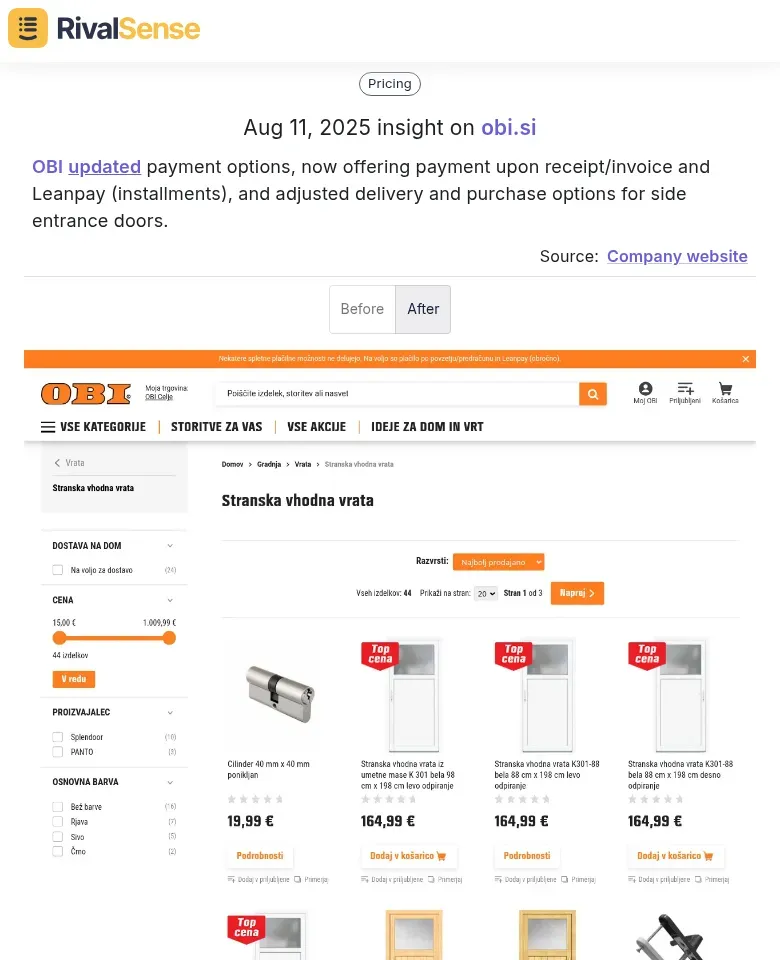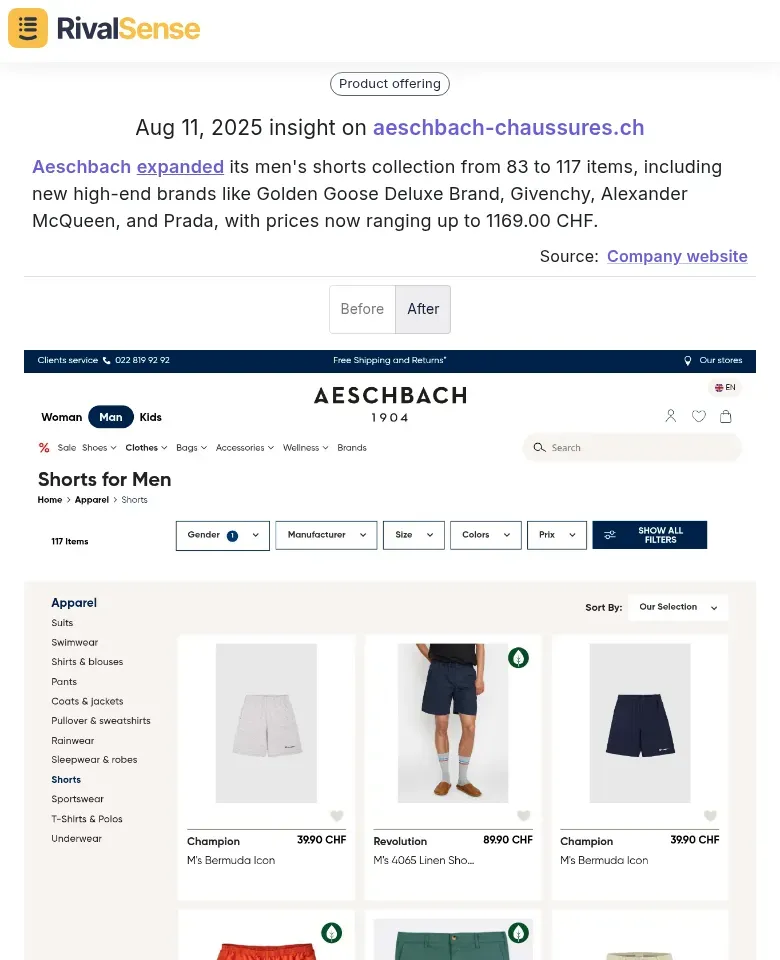How to Track Competitor Experiments: A Step-by-Step Guide for Business Leaders
By: Shanna Jimenez
Reading time: 10 minutes
08.12.25
In today's rapidly evolving business landscape, understanding competitor experiments provides crucial strategic insights. Tracking these initiatives—from pricing tests to product expansions—helps you anticipate market shifts and uncover growth opportunities for your own business.
UNDERSTANDING COMPETITOR EXPERIMENTS
Competitor experiments reveal strategic pivots and market-testing approaches that directly impact your positioning. These tactical moves, whether in pricing models or service offerings, serve as early indicators of industry trends and customer preference shifts.
KEY STEPS TO TRACK COMPETITOR EXPERIMENTS
Systematically monitoring experiments requires a structured methodology. These seven steps will help you transform raw observations into actionable intelligence:
- Identify Key Competitors: Prioritize businesses targeting similar customer segments. Include both established players and emerging disruptors.
- Monitor Digital Activity: Regularly scan websites, social channels, and review platforms. Tools like RivalSense automate this by tracking 80+ sources and delivering weekly reports.
- Analyze Product Updates: Note feature additions or removals. Ask: "What customer needs does this address? How does it compare to our solution?"
- Track Pricing Changes: Document trial offers, payment flexibility, or tier adjustments. These often signal target audience shifts.
- Observe Campaign Strategies: Record messaging themes, channel focus, and engagement metrics across their marketing.
- Watch Partnerships: New collaborations can indicate market expansion or capability gaps being filled.
- Note Regulatory Shifts: Compliance changes may force strategic pivots worth anticipating.
REAL-WORLD EXAMPLES & STRATEGIC INSIGHTS
Concrete examples demonstrate how competitor experiments reveal actionable opportunities. Here are recent findings from RivalSense with strategic analysis:
-
Payment Flexibility Tests

Example: OBI added payment-on-receipt and installment options while streamlining door delivery.
🔍 Strategic value: Payment experiments indicate conversion rate optimization efforts. Monitoring these helps evaluate whether to match flexibility or differentiate your checkout experience. -
Product Line Expansion

Example: Aeschbach expanded men's shorts from 83 to 117 items, adding luxury brands like Prada (prices up to 1169 CHF).
🔍 Strategic value: Assortment changes signal target audience shifts. Tracking these reveals premiumization opportunities or gaps in your own inventory. -
Service Diversification

Example: Reverse Health introduced Somatic Yoga to complement fitness offerings.
🔍 Strategic value: Service additions often reflect emerging wellness trends. Spotting these early allows you to develop counter-offers or partnerships.
PRACTICAL TRACKING TIPS
Implementing these methods efficiently requires smart workflows. Focus on sustainable processes that deliver regular insights without overwhelming your team:
✅ Automate Monitoring: Use tools to track websites, registries, and social media—reducing manual work by 60-80%
✅ Set Keyword Alerts: Create triggers for competitor names + terms like "launch," "test," or "pilot"
✅ Conduct Sentiment Analysis: Review social comments on competitor updates to gauge customer reactions
✅ Benchmark Quarterly: Compare your growth metrics against competitors' experiment frequency
✅ Dedicate Review Time: Schedule 30 minutes weekly to analyze new findings
FROM DATA TO ACTION
Raw observations become valuable when converted into strategy. Use this framework to operationalize insights:
- Spot Weaknesses: Identify poorly executed competitor experiments—these represent unmet needs you can address
- Run Counter-Tests: Develop hypotheses (e.g., "Will free shipping outperform their installment model?")
- Iterate Rapidly: Shorten experiment cycles using competitor learnings to inform your variants
LEVERAGE RIVALSENSE FOR COMPETITIVE EDGE
RivalSense delivers automated competitor tracking across product launches, pricing changes, partnerships, and regulatory filings. Our system monitors 80+ sources and distills findings into actionable weekly reports—saving hours of manual research.
Key capabilities:
- Product launch/update detection
- Real-time pricing change alerts
- Partnership & event participation tracking
- Management change notifications
- Regulatory filing monitoring
🚀 Ready to decode competitor moves?
Try RivalSense for free and get your first competitor report today!
KEY TAKEAWAYS
- Proactive Beats Reactive: Anticipate market shifts by analyzing competitor experiments early
- Focus on Strategic Patterns: Isolate experiments indicating sustained strategic pivots vs. one-off tests
- Automate Intelligently: Use tools to handle data collection so you can focus on insight generation
📚 Read more
👉 Market vs Competitive Intelligence: A Dental Practice Owner's Strategic Guide
👉 How boAt's Marvel Move Sparked a Rival's Strategic Discount War
👉 Facebook Competitor Insights Cheat Sheet for Benchmarking
👉 Dark Web Intelligence: Strategic Competitive Differentiation in Cybersecurity
👉 Unlock Growth: Actionable Competitor Pricing Insights & Frameworks 🚀
